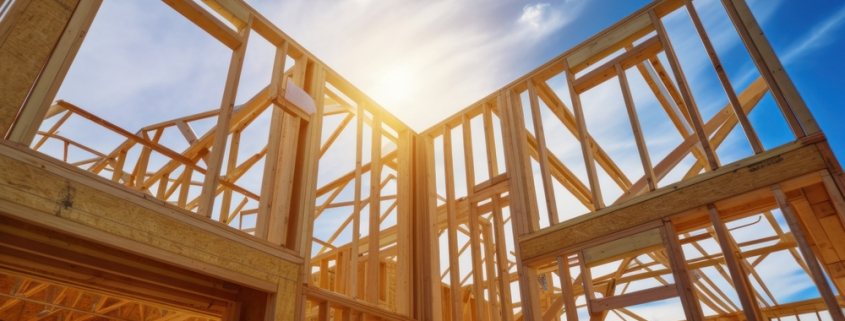Planning a construction project in Sydney, Australia? Understanding the process of getting your plans approved is crucial for a smooth and successful outcome. In this guide, we’ll explore the timeline for plan approval, common reasons for rejection, and how to check the status of your development application in Sydney.
What is the Timeline for Getting Plans Approved in Sydney?
The timeline for plan approval in Sydney can vary depending on factors such as the complexity of your project and the workload of the local council. Generally, the process involves several stages, the process typically includes the following:
- Pre-Development Consultation: Initial consultations with the local council and relevant authorities, along with obtaining necessary reports or studies.
- Lodgement of Development Application (DA): Submission of a detailed DA to the local council or the NSW Department of Planning, including comprehensive plans and specifications for the proposed development.
- Assessment: Evaluation of the application against relevant planning and building codes, environmental considerations, and other constraints.
- Public Notification: Depending on the project’s scale, public notification and feedback may be required.
- Determination: Decision-making by the council or department after considering all factors and feedback.
- Construction: Commencement of construction after receiving approval.
- Occupation: Final inspection and issuance of an Occupational Certificate certifying the building’s compliance with health and safety standards for occupancy.
On average, it may take anywhere from 4 to 12 weeks for plans to be approved. Please note that this timeline can be extended if additional information or revisions are needed.
What are the Common Reasons for Plan Rejection?
There are several common reasons why plans may be rejected by the council in Sydney:
- Non-compliance with zoning regulations or building codes.
- Insufficient information or documentation was provided with the application.
- Adverse impact on the local environment or heritage significance.
- Concerns raised by neighbouring residents or community stakeholders.
- Failure to address conditions imposed by the council or relevant authorities.
- Ensuring that your plans are well-prepared and comply with all relevant requirements can help minimise the risk of rejection.
Factors Influencing Approval Timelines
Several factors can affect the time taken to get plans approved in Sydney. These may include:
- Project Complexity: More complex projects may require additional review time to ensure compliance with regulations and standards.
- Council Workload: The workload of the local council or planning authorities can impact approval timelines, especially during peak periods.
- Community Consultation: Projects that require community consultation or input may experience delays in the approval process.
- External Consultants: Depending on the nature of the project, the involvement of external consultants such as engineers or environmental experts may influence approval timelines.
Navigating the plan approval process in Sydney requires careful consideration of these factors and proactive management of the submission process. By understanding the timeline, common reasons for rejection, and factors influencing approval timelines, you can streamline the process and increase the likelihood of successful approval for your project. Remember to engage with experienced professionals and adhere to regulatory requirements to ensure a smooth approval process.
When undertaking a construction project, having a reliable partner can make all the difference in navigating the plan approval process.
At Wal Robbins, we understand the importance of a smooth and efficient approval process for our clients. Our team of experienced professionals is well-versed in Australia’s regulations and works diligently to ensure that your plans meet all requirements before submission.
From the initial consultation to final approval, we provide comprehensive support with every step of the way. By partnering with Wal Robbins, you can rest assured that your project is in capable hands, allowing you to focus on bringing your vision to life while we handle the intricacies of plan approvals. Let us be your trusted ally in achieving your construction goals in Australia.












